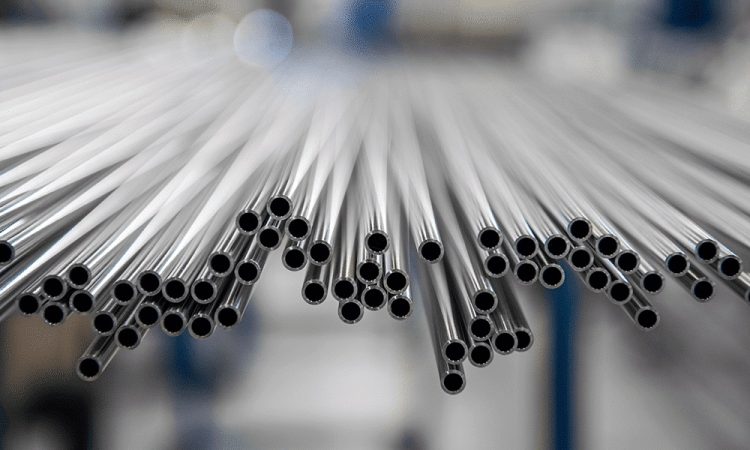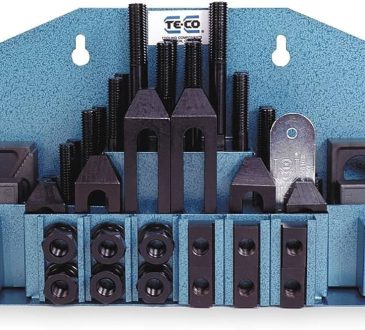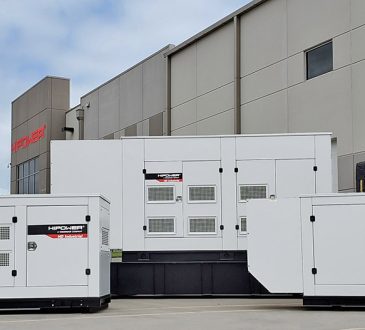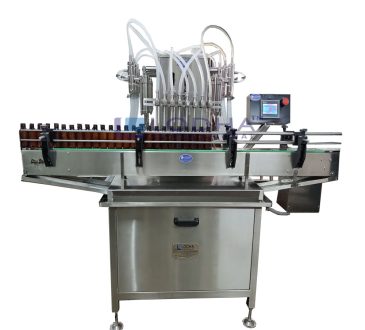
In the dynamic landscape of industrial equipment, the quest for efficiency, sustainability, and space optimization has led to the emergence of transformative technologies. One such innovation making a significant impact is the Microchannel Heat Exchanger. This compact marvel is redefining thermal management in various industries by reducing footprint while maximizing efficiency. In this article, we will delve into the compact design of Microchannel Heat Exchangers, exploring its advantages and the far-reaching impact it has on industrial processes https://www.kaltra.com/microchannel-heat-exchangers.
The Ingenious Design of Microchannel Heat Exchangers
Microscale Channels:
At the core of Microchannel Heat Exchangers lies a design that leverages microscale channels to optimize heat transfer. Unlike traditional heat exchangers with larger passages, microchannels provide a higher surface area for heat exchange within a compact structure. This design principle enhances the efficiency of thermal management processes.
Precision Engineering:
Microchannel Heat Exchangers are a result of precision engineering. Advanced computer-aided design (CAD) technologies are employed to meticulously arrange the microchannels, ensuring an optimal configuration for efficient heat transfer. The precision in engineering contributes to the overall effectiveness of the heat exchangers.
High-Quality Materials:
Crafted from high-quality materials such as advanced aluminum and copper alloys, Microchannel Heat Exchangers combine durability with thermal conductivity. These materials not only withstand the rigors of industrial environments but also enhance the heat exchange capabilities of the compact design.
Advantages of Compact Design in Microchannel Heat Exchangers
Space Optimization:
Perhaps the most significant advantage of Microchannel Heat Exchangers is their ability to optimize space. The compact design allows for efficient utilization of available real estate, making them invaluable in industries where space constraints are a constant challenge.
Versatile Integration:
The small footprint of Microchannel Heat Exchangers facilitates versatile integration into a wide range of industrial systems. Whether in automotive cooling, HVAC units, or manufacturing processes, their adaptability ensures seamless incorporation, enhancing the efficiency of diverse applications.
Reduced Weight:
The compact design not only reduces physical space requirements but also contributes to a reduction in weight. In industries where weight is a critical factor, such as automotive applications, the lightweight nature of Microchannel Heat Exchangers enhances overall system efficiency.
Efficient Heat Dissipation:
Microchannel Heat Exchangers excel in efficient heat dissipation. The microscale channels promote turbulent flow, enhancing convective heat transfer. This efficiency is paramount in applications where rapid and precise heat exchange is essential for maintaining optimal operating conditions.
Applications Across Industries
Automotive Cooling Systems:
Microchannel Heat Exchangers play a pivotal role in automotive cooling systems. Their compact design allows for efficient integration into radiators and condensers, contributing to the optimal functioning of engines and enhancing overall vehicle efficiency.
HVAC Systems:
In Heating, Ventilation, and Air Conditioning (HVAC) systems, the compact nature of Microchannel Heat Exchangers is a game-changer. Their efficient heat transfer capabilities contribute to energy savings and improved performance in both residential and industrial HVAC applications.
Electronics Cooling:
The electronics industry benefits from the compact design of Microchannel Heat Exchangers. In electronic devices and circuit boards, where space is at a premium, these heat exchangers provide effective cooling without compromising the overall design and functionality.
Manufacturing Processes:
The versatility of Microchannel Heat Exchangers extends to manufacturing processes. Their compact footprint allows for efficient integration into metalworking, plastic injection molding, and pharmaceutical production, contributing to precision cooling in diverse industrial applications.
Considerations for Implementing Microchannel Heat Exchangers
Customization Options:
Manufacturers often provide customization options for Microchannel Heat Exchangers. This flexibility allows industries to tailor the design to specific application requirements, ensuring optimal performance in diverse settings.
Fluid Compatibility:
Ensuring compatibility with the fluids used in industrial processes is crucial. Microchannel Heat Exchangers should be designed to work seamlessly with the specific fluids encountered in different applications, contributing to the longevity and efficiency of the system.
Integration with Existing Systems:
The compact design of Microchannel Heat Exchangers facilitates easy integration into existing industrial systems. Compatibility with established architectures ensures a smooth transition and enhances the overall efficiency of the thermal management process.
Conclusion: Compact Marvels Reshaping Industrial Thermal Management
In conclusion, the compact design of Microchannel Heat Exchangers is reshaping the landscape of industrial thermal management. Their ingenious engineering, small footprint, and versatile applications make them indispensable in industries striving for efficiency, sustainability, and space optimization. As technology continues to evolve, the impact of these compact marvels is set to expand, driving innovation and progress across diverse industrial sectors. Microchannel Heat Exchangers are not just reducing physical footprint; they are maximizing impact, contributing to a more efficient and sustainable future in industrial equipment.




